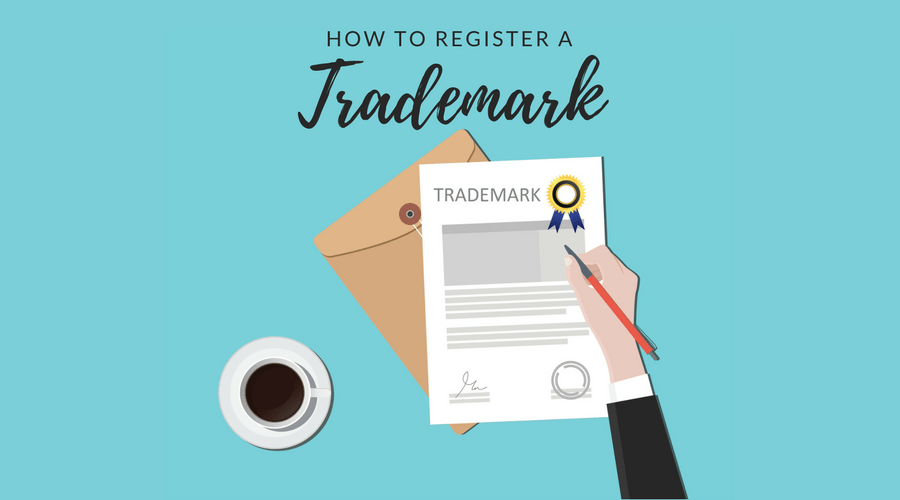10 Tips for Creating a Disaster Preparedness Plan for Your Small Business

Disasters are devastating – not only for individuals but for businesses, too. Do you know what you would do in case of emergency? How quickly could your operation recover following a force of nature? The time to establish a disaster preparedness plan is now. Check out these ten tips for creating yours.
1. Update employee contact information
Encourage your workers to update their contact information anytime they move or change phone numbers. That way, you’ll always know how to get in touch with them.
Remind your team to regularly review and update their emergency contact information. If your employee is at work when disaster strikes, you want to make sure to contact their family or friends as quickly as possible.
Learn more about how to gather your staff’s contact information.
2. Determine potential threats
Before you create your plan, list every potential threat that might harm your company. Consider natural and man-made events, including
- hurricanes,
- fires,
- flooding,
- earthquakes,
- tornadoes,
- cyber security breaches, and
- active shootings.
By listing threats before creating your plan, you’ll be able to focus your attention only on events that are possible.
3. Learn your regulatory requirements
Parts of your emergency plan might be dictated by local, state, or federal law, so make sure to include any required procedures in your plan. For example, the Occupational Safety and Health Administration (OSHA) has specific guidelines that any business with ten or more employees must follow.
4. Assign roles
If disaster strikes, you won’t be able to do everything yourself. As part of your plan, assign specific tasks to each member of your staff. That way, everyone will know exactly what to do after an emergency, and your business can get back up and running quickly.
For example, you might give someone the responsibility of securing all the doors and windows before a hurricane. You might assign someone else to call emergency services, if needed. And, you might ask someone else to call your vendors to postpone shipment dates while you’re recovering.
Remember, however, that someone may not be available to help during and after a catastrophe, so assign backups to each task and utilize your entire team.
5. Perform an asset inventory
If you sell products, then you probably regularly take inventory. But, what about your other assets, like computers, printers, and phones? Record all the equipment you and your team regularly use, so you have a list to give to the insurance adjuster after a disaster. You might also consider taking pictures of your office or store to prove that you’re actively using the equipment. This can help make it easier for you to file a claim, so you and your staff can get back to work faster.
6. Build a kit
While you’re creating your disaster preparedness plan, go ahead and put together a well-stocked emergency kit and include its location and contents in your plan. The kit might include things like
- water,
- non-perishable food,
- a battery-powered or hand-crank radio,
- flashlights,
- extra batteries,
- a first-aid kit, and
- a fire extinguisher.
7. Talk to public emergency services
Public emergency services, like police and fire departments, want to help you and your small business continue to be part of the community. Reach out to them and ask for any help they can provide, like reviewing your plan after you’ve written it and providing you with the best way to contact them in the case of a crisis.
8. Write it down
Don’t rely on your memory during an emergency. Instead, write your plan down and make it easily accessible to your entire team. When you’re writing it, make sure it’s easy to understand, as detailed as possible, and well-organized. You want your employees to be able to easily find the information they need so they can act as quickly as possible.
Don’t try to reinvent the wheel here. The Small Business Administration (SBA) provides a lot of information about preparing for disaster, and the Federal Emergency Management Agency (FEMA) has a ten-page template that can help you get started.
After you’ve written your plan, share it with your employees via email, printed copy, or the Document Warehouse in Workful.
9. Hold simulations
You and your employees may panic during a disaster, especially if you feel unprepared. Relieve some of that fear by holding regular simulations. These will give your employees the chance to practice. After each drill, ask your staff to tell you how they think it went. Ask them questions like
- What was challenging?
- Where did miscommunication happen?
- What changes should be made?
10. Consider continuity and recovery efforts
Once the initial danger of the threat passes, your company’s survival depends on how quickly you can return to your normal business activities. Determine what you will need to do to get back up and running and how you will deal with the loss of income during the recovery period. The Insurance Institute for Business & Home Safety (IBHS) offers a toolkit that can help you build your continuity plan.


